As a financial consumer behaviour consultant and researcher, I spend 90% of my life thinking about decisions that I, and those around me, make.
So when my new hairdresser said to me at the end of my haircut, “Right, let’s get you booked in for next time”, it gave me food for thought.
“Sure”, I answered, instinctively.
“Let’s go for six weeks’ time” he carried on.
“Sure”, I answered; again… instinctively.
Before moving to a new area, I’d been with the same hairdresser for a few years. I always went back to her and the process seemed (on the face of it) pretty easy. But when I broke down the actual steps required, making an appointment involved:
- Me realising I need a haircut
- Me proceeding to put it off for as long as possible
- Me finally giving in and calling the hairdresser
- If she answered the phone and our availability matched, I’d then book an appointment a few days later. But most of the time, our schedules didn’t align and I’d be looking at a two or three-week wait with an unruly mop on my head.
But my new hairdresser’s approach removed all of that hassle. By simply removing one of the tethers holding me back from getting the next haircut (the proactive effort involved in me having to call when the need arose), he was able to:
- Reduce the gap between haircuts from say 8-9 weeks to 6 – equating to somewhere in the region of two extra haircuts-worth of money in his pocket each year
- Have more certainty about his future appointment book and be able to plan his time off accordingly
- And make his client’s life easier
Now I’m not writing this just to espouse the merits of a smooth haircut booking system… but rather, highlight the importance of removing the behavioural tethers holding clients or prospects back from taking action.
Think about the last prospective client you spoke with. Now ask yourself the following:
- Which physical steps (however big or small) did they need to take to engage with you?
- Which cognitive steps (thinking about what they needed to do next) did they need to follow?
- Could you remove any of these steps completely?
- If not, could you make them shorter, clearer or easier?
What can we learn from this?
Inertia holds your prospects back from engaging with you, and your clients back from taking the actions they need to.
Don’t underestimate how easy it is for even the smallest efforts to send our best-laid plans off track and let inertia take over.

